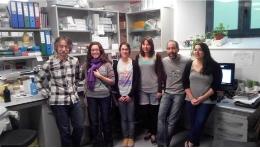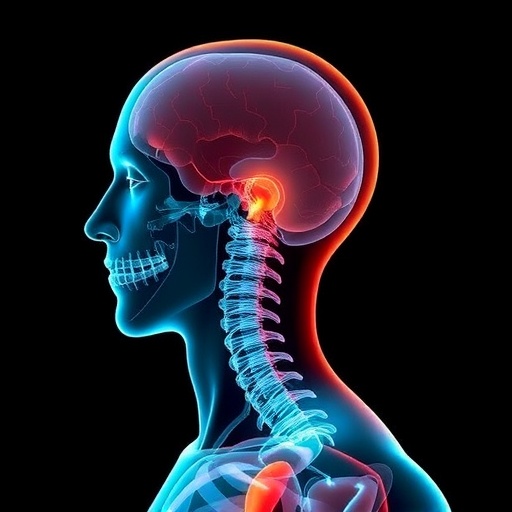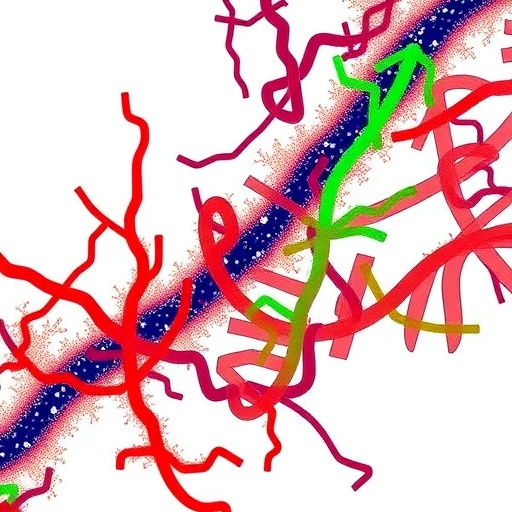Study with the CRISPR/Cas9 editing technology

Credit: UNIVERSITY OF BARCELONA
Researchers from the University of Barcelona (UB) and the August Pi i Sunyer Biomedical Research Institute (IDIBAPS) found a new molecular mechanism involved in the regulation of the cholesterol movement in cells, an essential process for a proper cell functioning.
The study, published in the journal Cellular and Molecular Life Sciences, also identifies the protein Annexin A6 (AnxA6) as a key factor in this regulation and as a potential therapeutical target against diseases that are caused by the accumulation of cholesterol and other lipids in endosomes, such as the Niemann-Pick disease type C1, a minority genetic disease with no cure that causes hepatic damage and a type of dementia.
The study is led by Carles Enrich and Carles Rentero, lecturers at the unit of Cell Biology in the Department of Biomedicine of the Faculty of Medicine and Health Sciences at the UB and the CELLEX Biomedical Research Center (IDIBAPS-UB). This is the result of six years of research and a collaboration with Thomas Grewal, from the University of Sydney; Elina Ikonen, from the University of Helsinki, and the research group on Lipids and Cardiovascular Pathology of the Biomedical Research Institute at Hospital Sant Pau.
Study with the CRISPR/Cas9 editing technology
Cholesterol is essential in the organization of membranes and it also modulates the vesicular trafficking, basic mechanisms for the cell functioning. To coordinate and regulate the balance, or homeostasis in cholesterol, cells have developed a molecular machinery, which is not fully understood yet. “The understanding of these mechanisms is very important to treat diseases in which there is an accumulation of cholesterol and other lipids which cause serious physiological alterations in the liver, spleen and especially the nervous system”, note Carles Enrich and Carles Rentero.
One of such diseases is Niemann-Pick type C1, caused by a mutation in the NPC1 gene, which causes the accumulation of cholesterol in the cell interior of the endosome. In order to study this mechanism, researchers used the CRISPR/Cas9 genetic editing technique to block a molecule -AnxA6 protein- in cells with the phenotype of the disease. The effect of such block resulted in the release of the endosome cholesterol, showing the essential role of this protein in the regulation of cholesterol transfer.
Increasing membrane contact sites
The results of the study also show this release occurred thanks to a significant increase of membrane contact sites (MCS), nanometric structures that can be seen through electronic microscopy. According to the authors, these membrane contact sites are just a few inside the cells of the affected patients, therefore, silencing AnxA6 induces the creation of MCS, stops the effect of the NPC1 gene mutation and redirects cholesterol towards other cell compartments, returning to cell normality.
“Results could help treating the clinical impact of the accumulation of cholesterol in Niemann-Pick and about twelve more diseases, among which are different types of cancer (pancreas, prostate, breast), in which the lipidic metabolism plays a fundamental role”, note the researchers.
A new paradigm in the study of the cholesterol cell transport
The membrane contact sites being involved in the cholesterol transport is a pioneering result in this field, since researchers thought -so far- that lipid transport was carried out through vesicles and a type of specialized proteins. “We do not know much about the functioning and dynamics of membrane contact sites, but this study goes together with recent ones and shows MCS are a new paradigm for the understanding of the regulation, transport and homeostasis of lipids, cholesterol and calcium”, conclude the researchers.
###
Media Contact
Rosa Martínez
[email protected]
0093-403-5544
Related Journal Article
http://dx.




